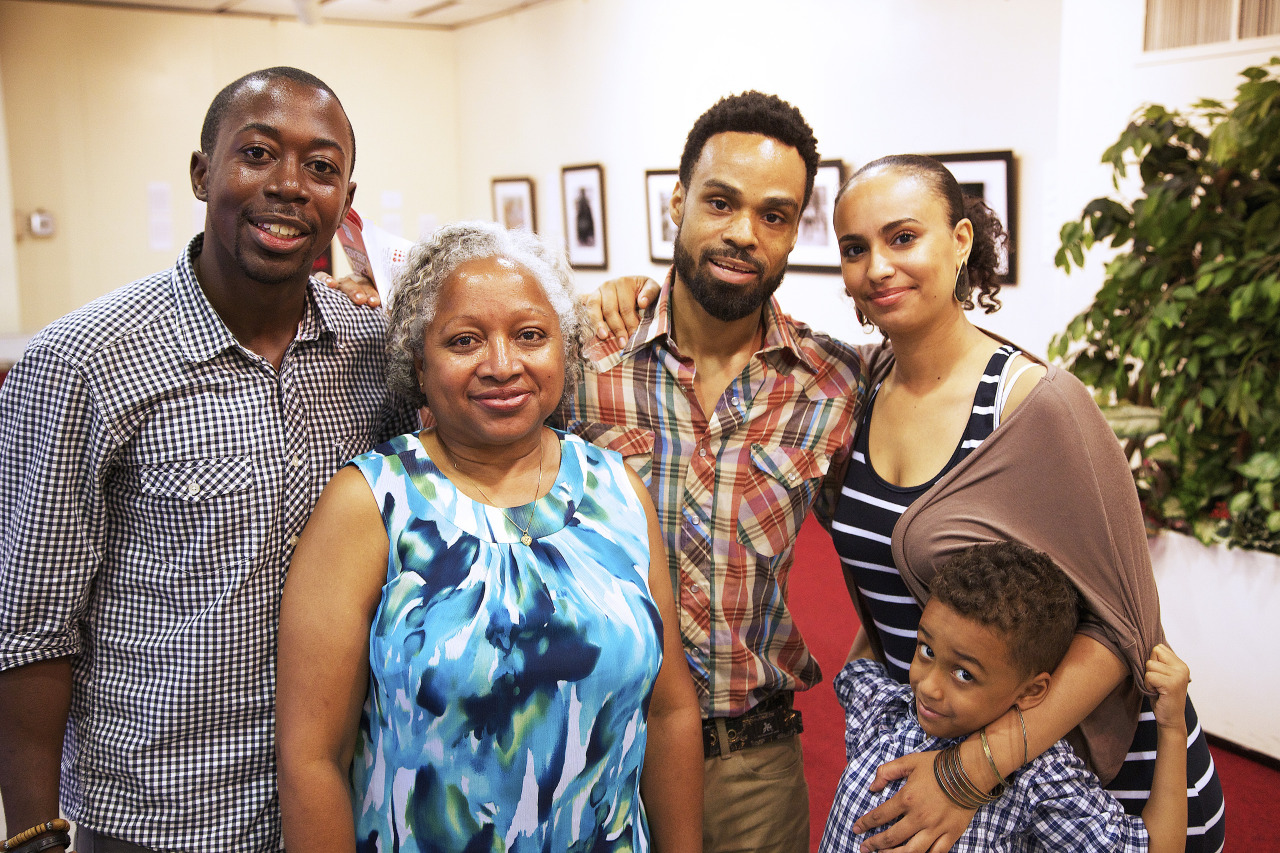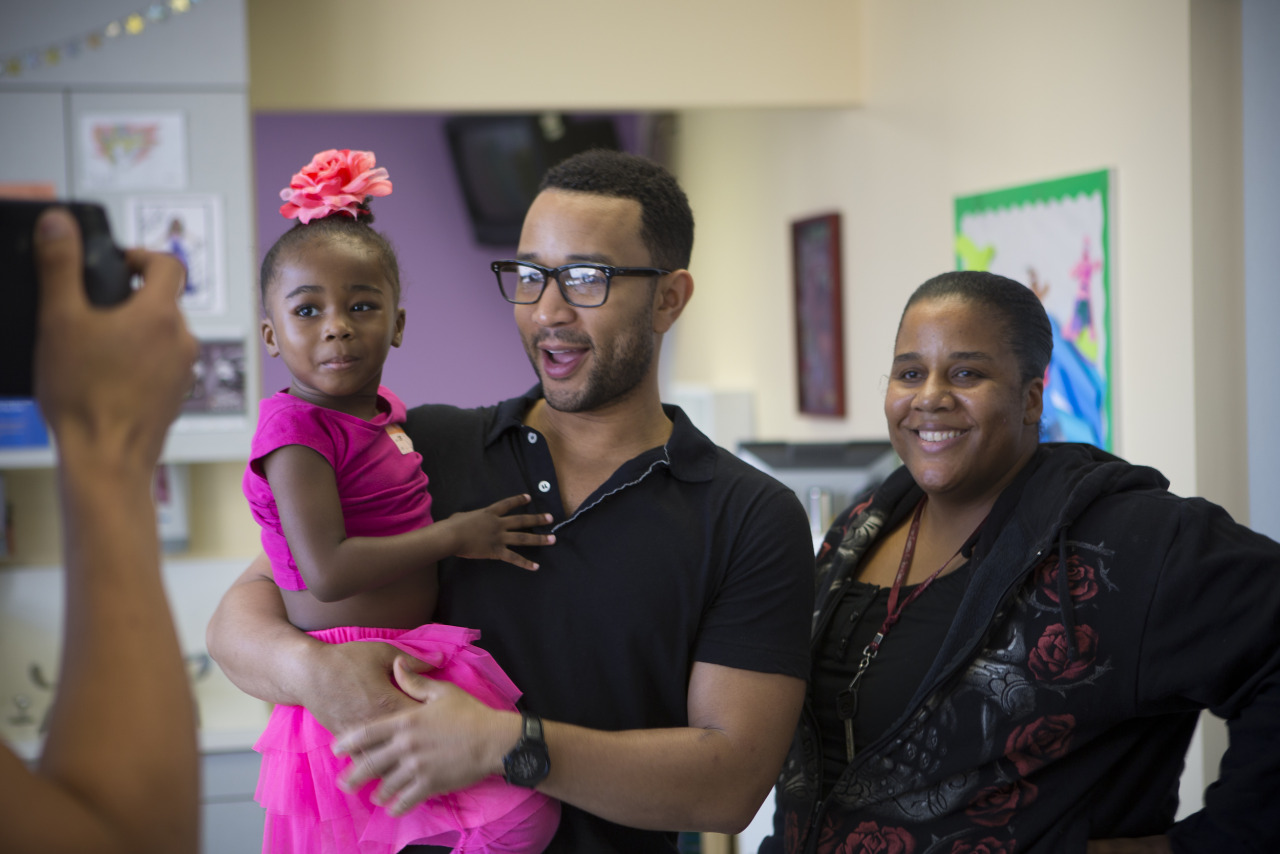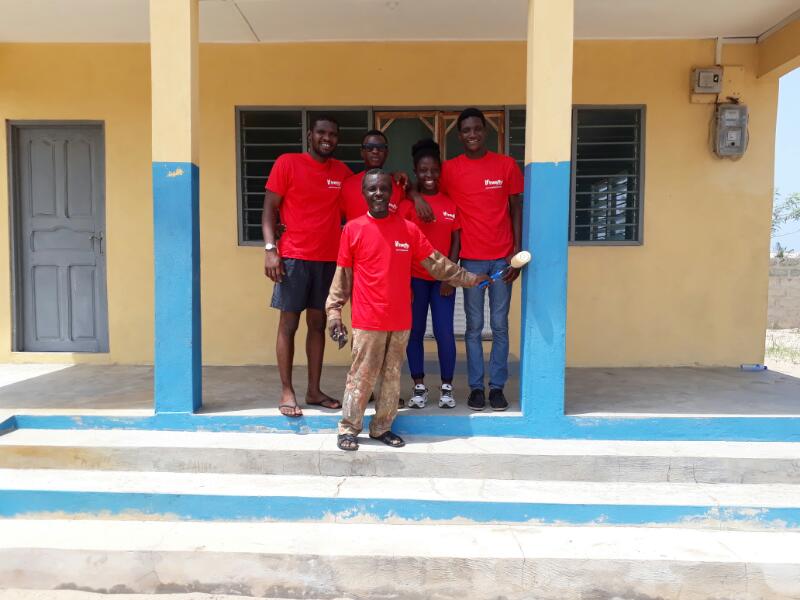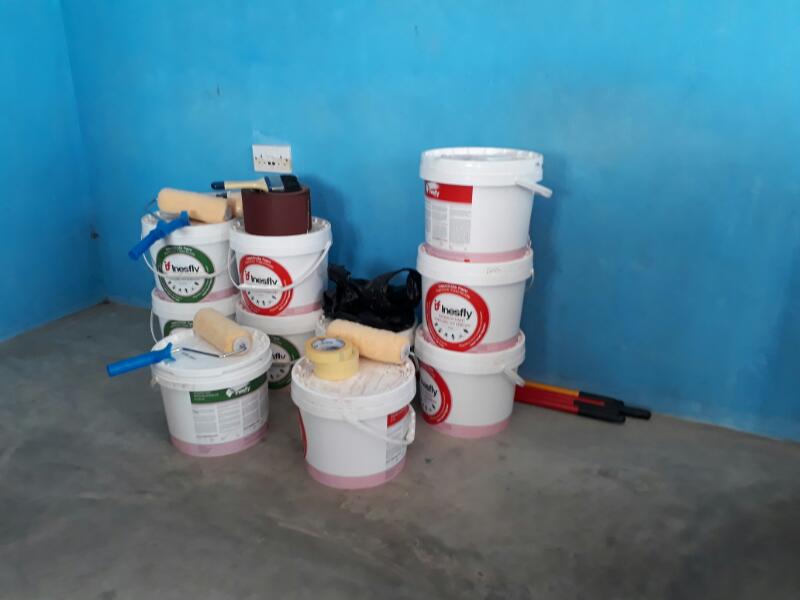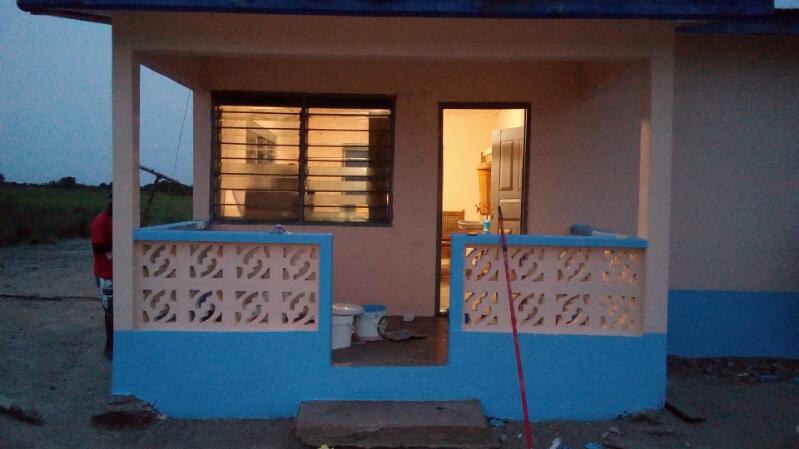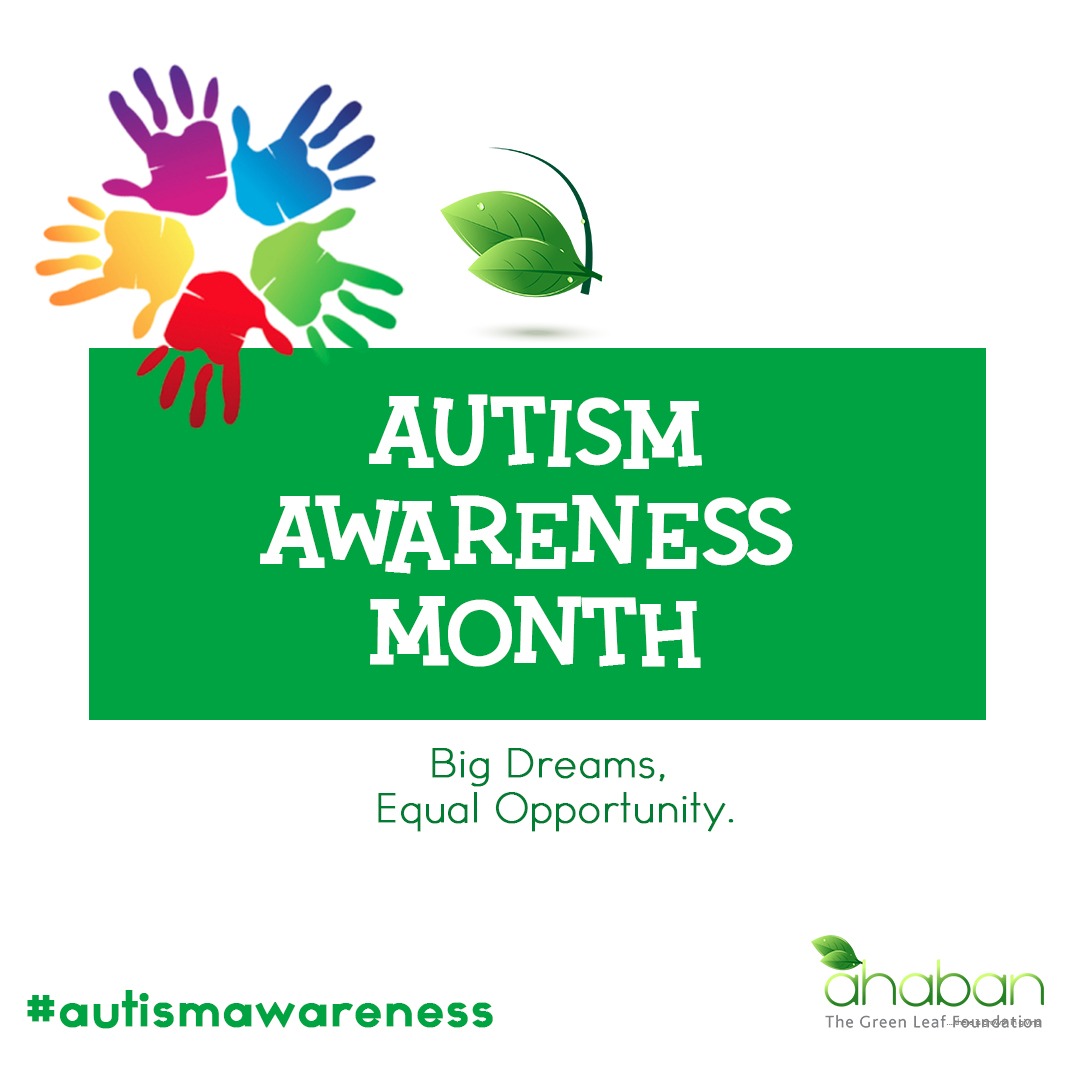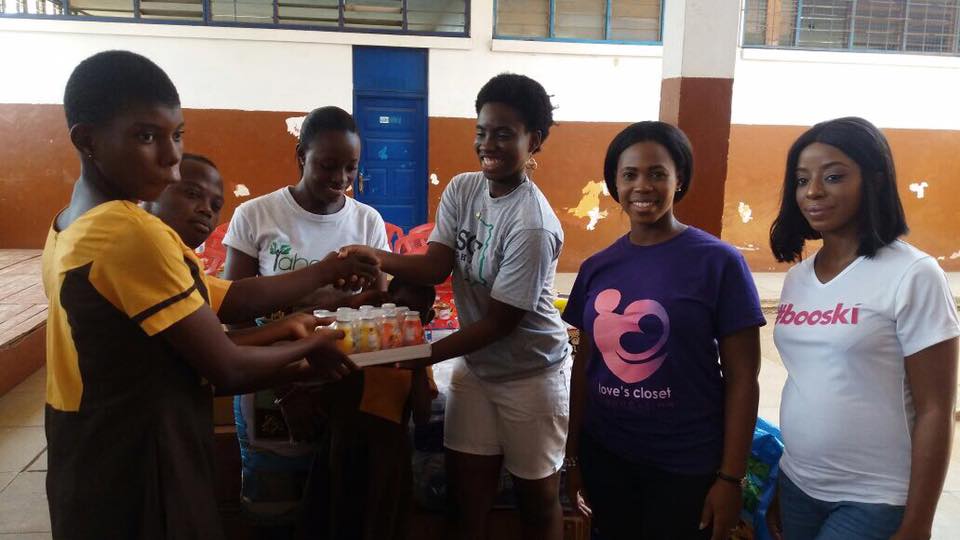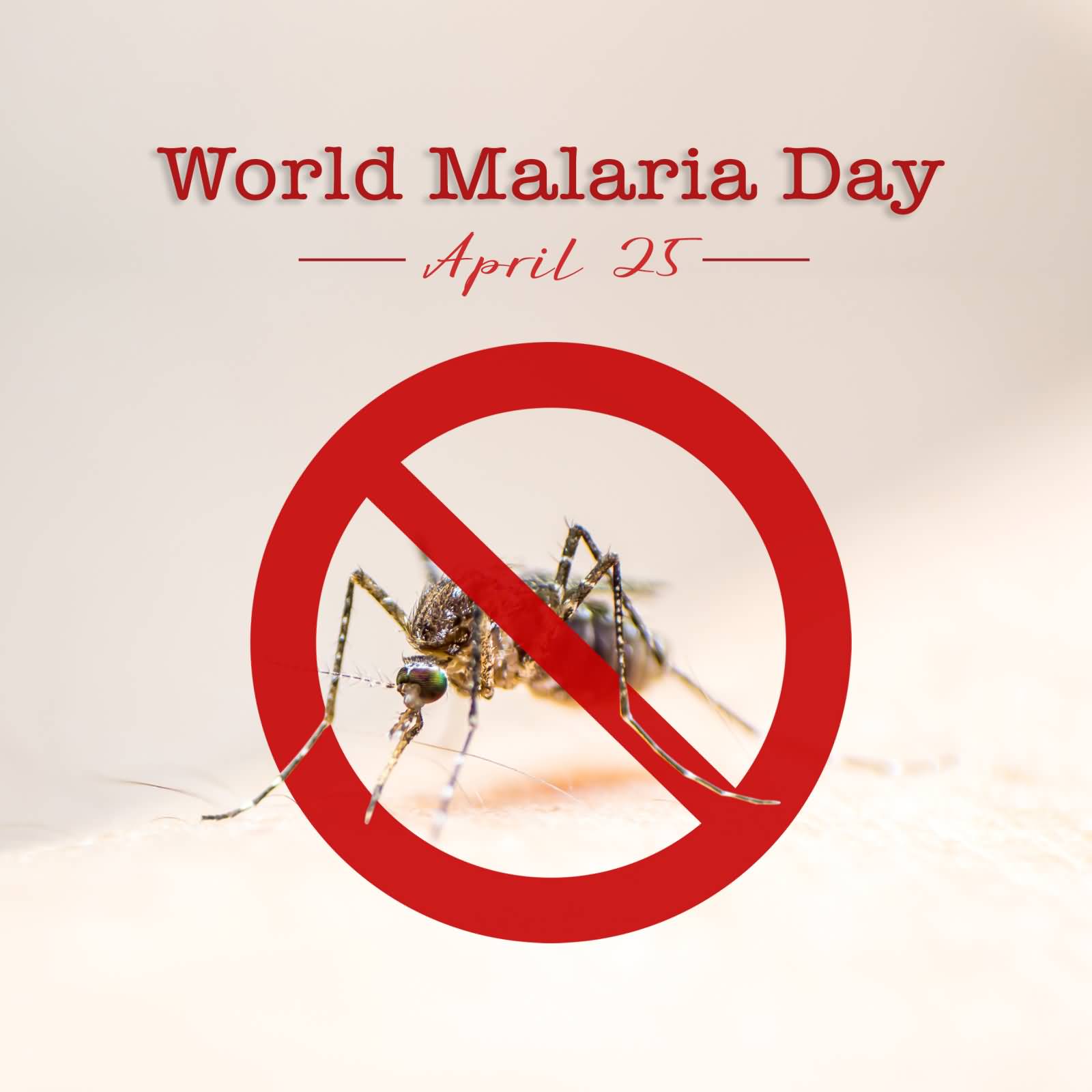
World Malaria Day 2017 : Ending Malaria For Good
- Posted In : News , World Malaria Day, Worldwide
- 0 : comment
When is Malaria Day 2017?
Malaria Day is every year on April 25.
What is the date all about?
World Malaria Day is all about celebrating the successes there have been in the drive to eradicate malaria from the world as well as raising awareness of the disease and its prevention.
What is this year’s theme?
This year the World Health Organisation (WHO) has made ‘ending malaria for good’ its theme for World Malaria Day 2017.
For its theme WHO is demonstration prevention methods including using nets and spraying insecticide indoors.
What is malaria?
A tropical disease which is spread by infected female anopheles mosquitoes. It only takes one bite from the insects to get the bug.
Around 400,000 die from the disease every year. Worldwide there are around 212 million cases.
Tackling malaria is improving with a 29% drop in mortality rates between 2010 and 2015 and a 21% global decrease in cases.
What are the symptoms?
They are similar to flu and include a high temperature, sweats and chills, muscle pains and headaches. They usually appear 10-15 days after being bitten.
But depending on the type of parasite you are infected with, it can take a year for symptoms to show.
In tropical regions of the world, such as areas of Africa and Asia, Central and South America as well as parts of the Middle East and Far East.
Malaria caused by the falciparum parasite is the most serious, and can lead to breathing problems, liver failure, coma and eventual death.
Who is most at risk?
In areas with high malaria concentration, pregnant women and children are most at risk of contracting the disease.
In 2015, more than two thirds of deaths (70%) from malaria were of children under the age of five, according to WHO.
How do you prevent it?
Avoid being bitten as much as possible using nets over places of sleep, avoiding areas with lots of mosquitos such as watering holes, using insecticide and bugs spray and taking anti-malarial tablets.



